Connection and Compassion Are Key
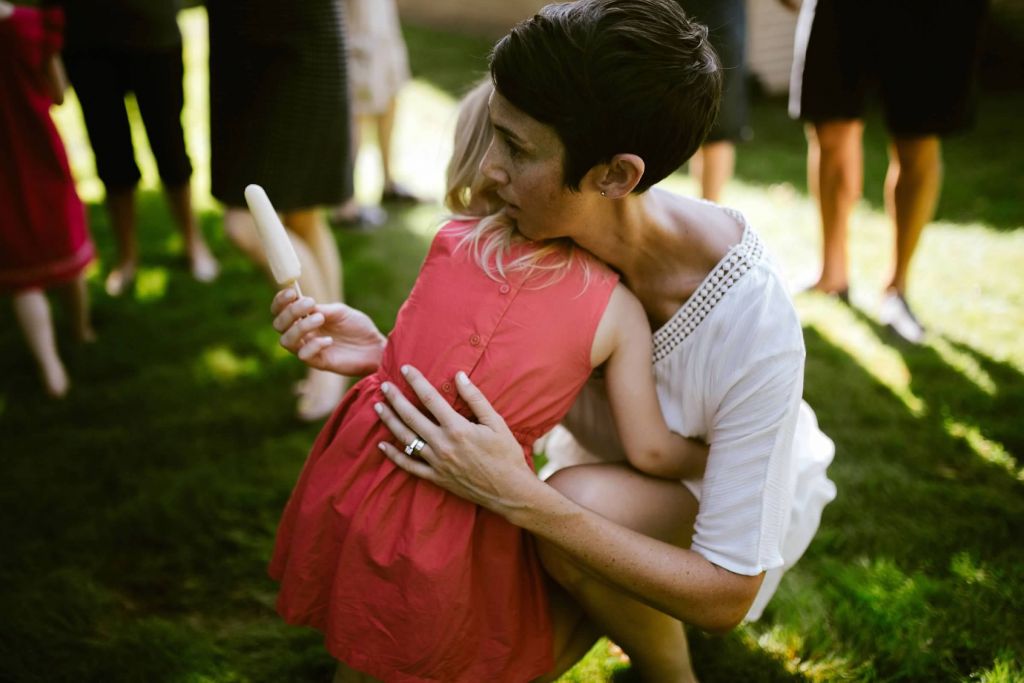
I’ve said it a lot; there is no one-size-fits-all solution to sleep, but this applies to parenting in general as well. Many parents will read about certain techniques, and even follow specific scripts with older children, but if they don’t work, parents feel like they have failed or there is something wrong with their kid. […]
Top 5 Tips for Encouraging Baby to Sleep Through the Night

Kay Vorce, CED-PIC Gold Coast Sleep Consultant If there is one question I get all the time, it’s this one: How can I encourage my baby to sleep through the night while still responding to their needs? First, let’s define what that means. If your baby is sleeping 6-8 hour stretches, that’s considered sleeping […]
Ownership Change at Gold Coast Doulas

In 2015, when my daughter was 2 years old, I decided to leave my office job and become a postpartum doula. Kristin was one of the first doulas I met, and we actually took our postpartum trainings together. Little did we know that a year later she would call me to ask if I wanted […]
How to get my baby to sleep through the night.
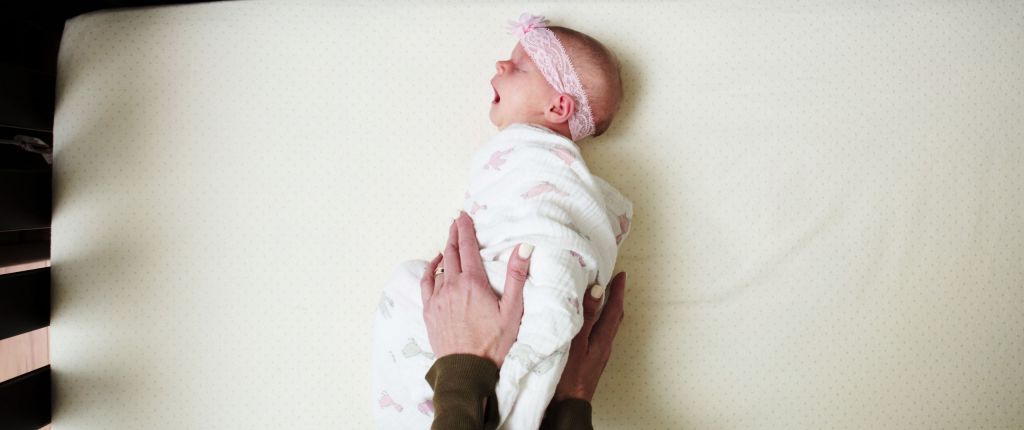
This is probably the most commonly asked sleep question for parents, and unfortunately there isn’t an easy answer! There are many factors involved when attempting to answer this question. It can depend on things like: How old is your baby? How much do they eat? How often do they eat? Were they premature? Do they […]
Meet Kristin Vorce, Certified Sleep Consultant!

We are a little late in the game announcing Kristin to you! She’s actually been working with us for a few months now (oops, sorry Kristin!). Let’s learn a little more about Kristin, her family, and her background. What did you do before you became a sleep consultant? Prior to becoming a sleep consultant, I […]
2020 Year in Review
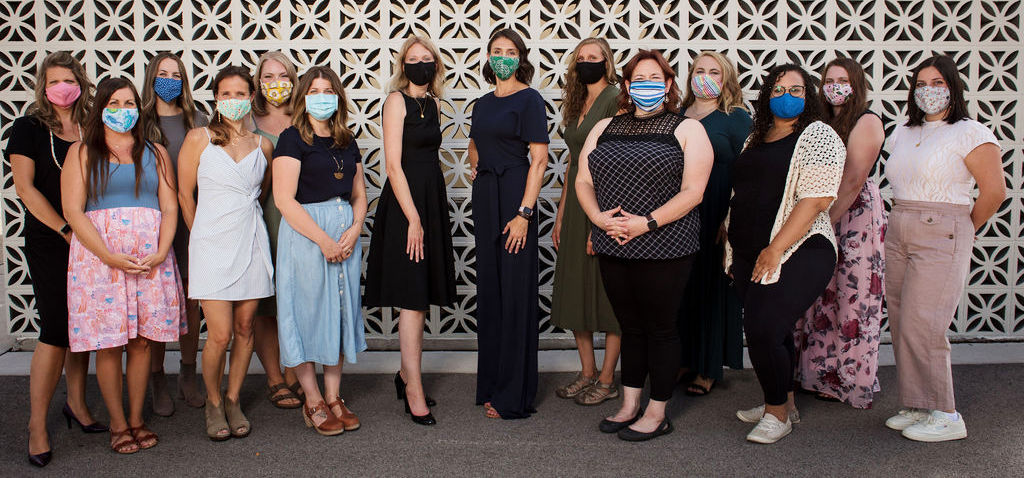
Although 2020 threw us a curveball, we still had a great year. We supported more clients than ever and worked diligently to find ways to support them safely. Here are some of our accomplishments. Worked with 218 clients. Attended 81 births. Worked 2,900 postpartum hours. Supported 10 twin and triplet families. Had 22 lactation visits. […]
Creating a Safe Sleep Space: Routers
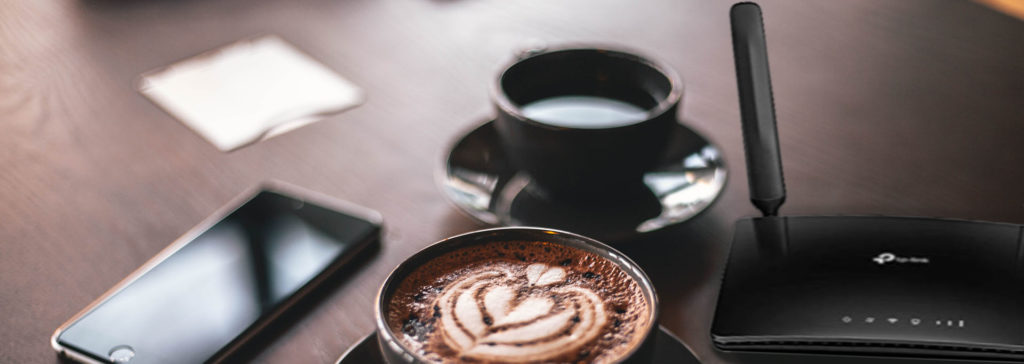
Alyssa Veneklase talks with Lisa Tiedt, Building Biologist and owner of Well Abode, about creating health sanctuaries in our homes. You can watch this video on YouTube. Alyssa: Hi. It’s Alyssa and Lisa here again. This is Part 3 of our series on how to create a low EMF sleep space, and we’ve kind […]
Creating a Low EMF Sleep Space: Baby Monitors

Alyssa Veneklase talks with Lisa Tiedt, Building Biologist and owner of Well Abode, about creating health sanctuaries in our own homes. You can watch this video on YouTube. Alyssa: Hi, again. We are in our series of how to create a safe sleep space, and I am Alyssa, talking to Lisa Tiedt again. She […]
Creating a Safe Sleep Space: Sound Machines
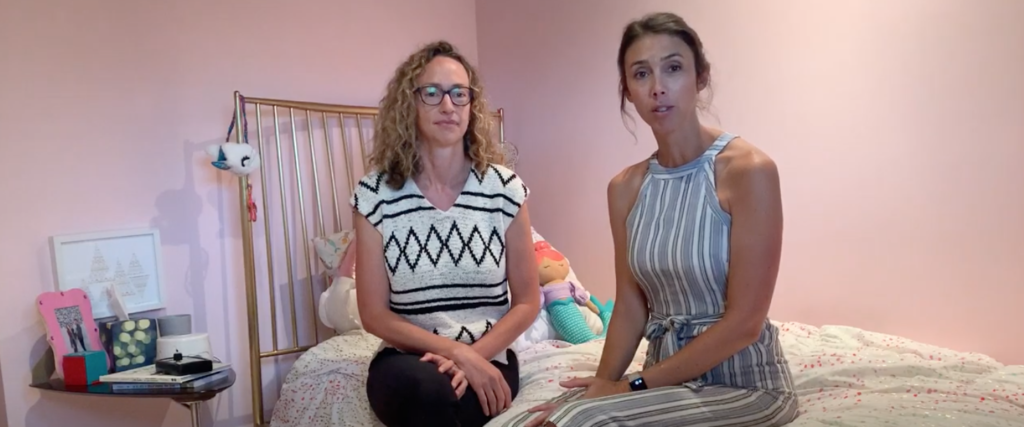
Alyssa Veneklase talks with Lisa Tiedt, Building Biologist and owner of Well Abode, about creating health sanctuaries in our homes. You can view this video on YouTube. Alyssa: All right. Today, I’m here talking to Lisa Tiedt. She’s a Building Biologist, and, as you know, I’m a sleep consultant, so we’ve partnered a few […]
My Favorite Sleep Products

During sleep consultations I am often asked what my favorite products are. While I have many, parents must realize that my favorite sleep sack or swaddle may not be their child’s favorite! I will list several products in this blog and tell you why I like them, but you know your baby or child best. […]
How Sleep Deprivation Impacts New Parents
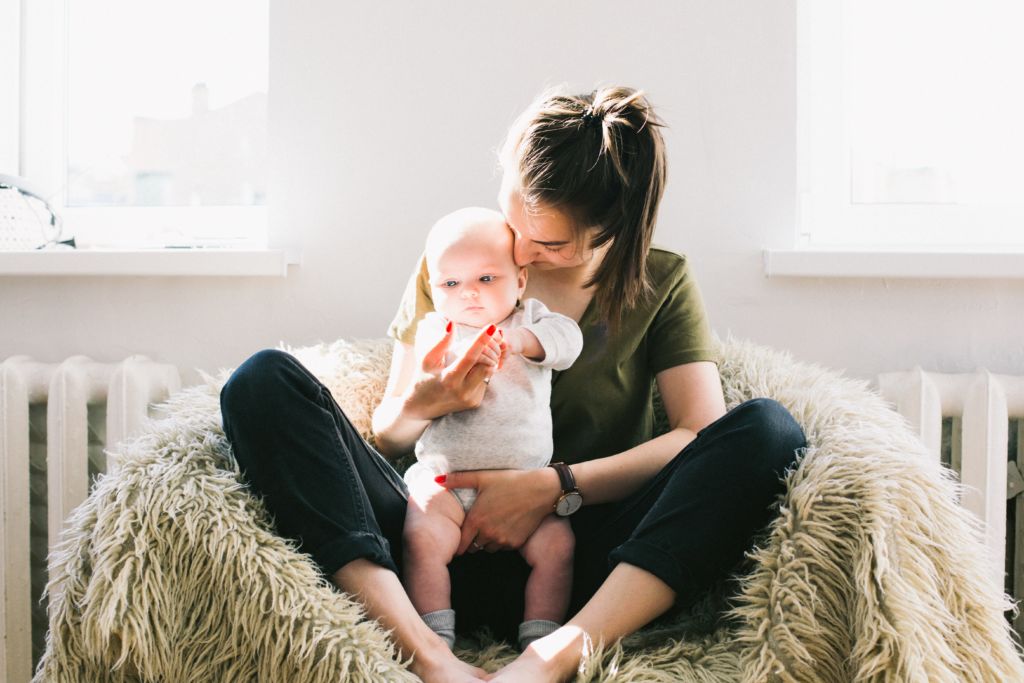
Becoming a parent is one of the most exciting and scary milestones of a person’s life. It’s likely your emotions will run the gamut from excited anticipation and joy, to fear of the unknown and uncertainty about what’s ahead and how you’re coping with parenthood. Managing night time feeds, tending to your baby throughout the […]
Megan’s Sleep Story: Podcast Episode #80
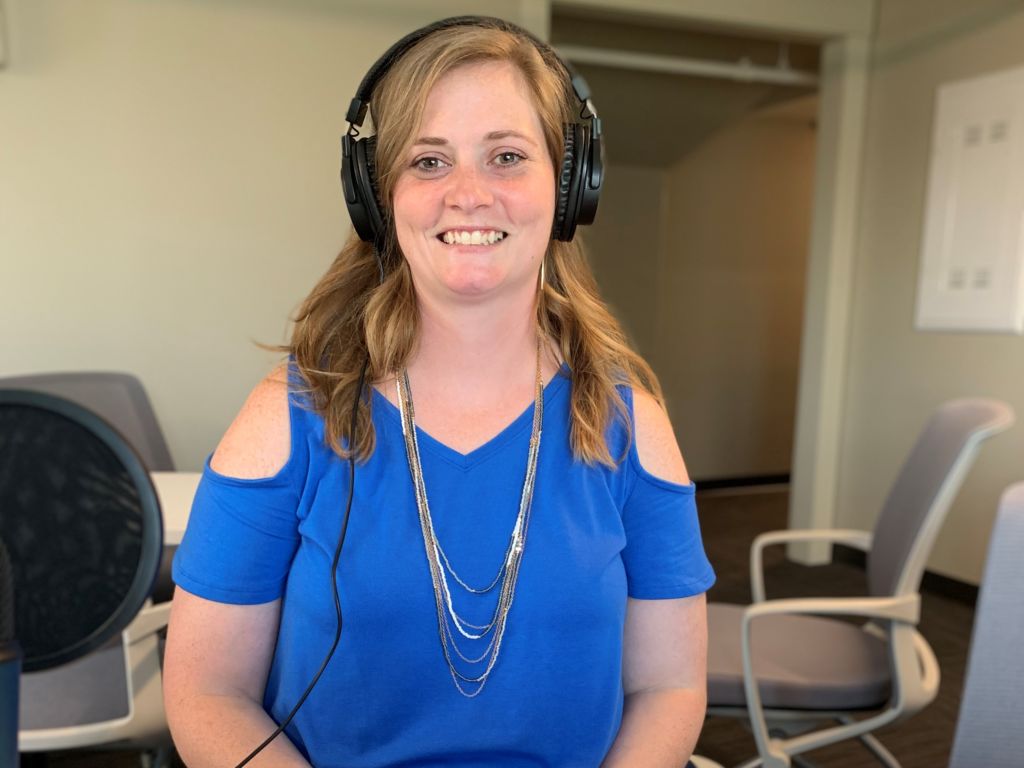
Megan Kretz, one of Alyssa’s sleep clients, tells us about her sleep training journey with her daughter at 9 months and again at 19 months. She says that as a working mom, it meant spending a little less time with her daughter, but that it was all worth it because the quality of the time […]
Podcast Episode #70: Speech Delays and Sleep

Today we talk to Courtney of Building Blocks Therapy Services again about how speech delays affect sleep in older babies. It’s a short one, but packed with good information! You can listen to this complete podcast on iTunes or SoundCloud. Alyssa: Hello! Welcome to Ask the Doulas. I am Alyssa Veneklase, and I’m here with […]
Your Trusted Birth Team

We all know that becoming a parent is difficult, but most first time parents don’t really have a full understanding of how hard it will be until they’re in the midst of it. They may encounter fertility struggles or miscarriages; they realize that planning during pregnancy takes a lot of work; they have to find […]
Expert Sleep Tips For Your Child (And You)!
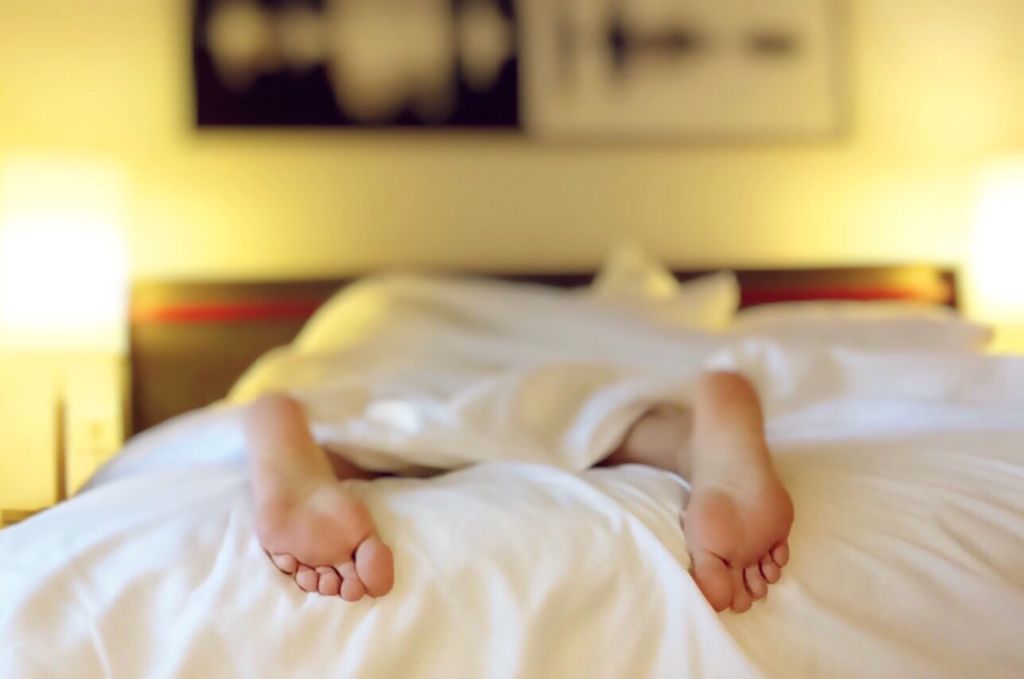
Many of the tips I give parents during a sleep consult for their child apply to them as well. Although a baby’s sleep cycle is different from a toddler’s, and both are different than an adult’s, let’s talk about a few tips that apply to everyone and some that definitely do not! Sleep tips for […]
Podcast Episode #67: Dominique’s Sleep Story
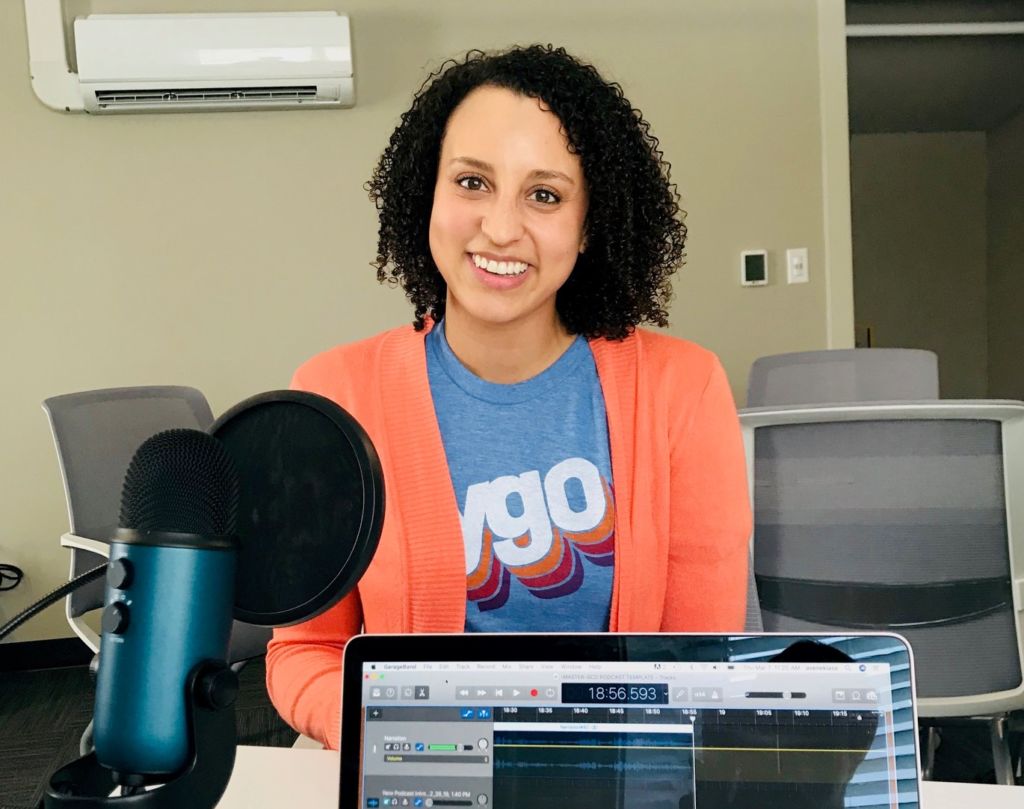
One of Alyssa’s past sleep clients tells us her story about hiring an expert to solve her daughter’s sleep issues. She is honest about the fears she had going into it, the misconceptions and myths about sleep training that were dispelled while working with Alyssa, and how on the first day they saw improvement! You […]
Sleeping Through the Holidays

Right when you get your child on a good schedule something inevitably comes up that makes it difficult to stay on track. We just went through the dreaded daylight savings (the worst for adults too!). Right now we are in the midst of the holidays. Here are some sleep tips for keeping your children’s sleep […]
Newborn Sleep Tips
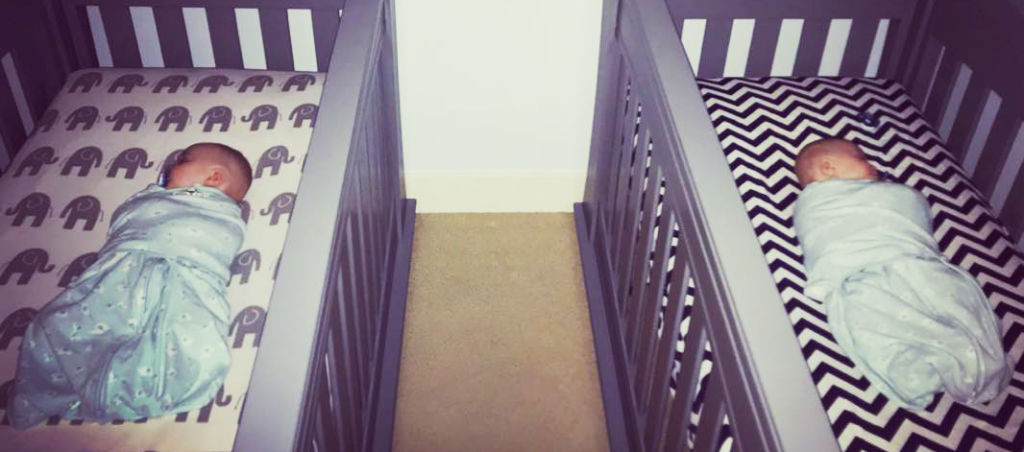
As a sleep consultant, I get asked often how early you can sleep train a baby. My answer is this – Most babies are ready around 12 weeks, but it’s never too early to start introducing heathy habits to make the sleep training go smoothy when baby is ready. Why 12 weeks? Most babies are […]
Sleep Training is a Four Letter Word

Sleep Training. Those two words can stir up some pretty aggressive emotions for some parents. I guess it’s because there are so many methodologies, many of which are controversial, and there are so many different thoughts on parenting and what is right and wrong. My answer is there’s no one way to do this! If […]


